
This is a guest post from Feral House publisher Adam Parfrey regarding two fascinating new books related to photographer William Mortensen.
Now that smartphones have become the camera of choice, it seems strange that photographers once belonged to divergent schools that battled one another, and sometimes quite viciously at that. The style that integrated painterly techniques with film technology was called Pictorialism. The “modernists” who dismissed complex photo techniques called themselves Group f/64 before they enlarged their influence, ultimately becoming known as “Purists.” For the Purists, sharp focus was the only natural way to photograph an image, and nature itself was the preferred subject.
Purists like Ansel Adams and Edward Weston did brilliant work in their careers, but it seemed important to them to remove Pictorialism from textbooks, galleries and museums. Their bête noire was none other than William Mortensen, who had for decades published many instructional manuals and reproduced his work in major photo magazines of the time, most notably Camera Craft. Mortensen specialized in a style that emphasized a grotesque look, which tended to feature many nudes. Compared to the trees and mountainsides that Ansel Adams shot, Mortensen’s work was accused of being exploitative and distasteful.
Purist hate was so intense that Adams even referred to Mortensen as “the antichrist.”
I had first heard of Mortensen from Anton LaVey, who had a photograph called “Fear” hanging in his Black House kitchen. In this photo a distressed woman is enveloped by a black-cloaked demonic entity. Anton acknowledged that Mortensen’s book The Command to Look: A Master Photographers Method for Controlling the Human Gaze changed his life, teaching him the basics of what he called “Lesser Magic.” LaVey also co-dedicated The Satanic Bible to Mortensen.
When Photoshop techniques and manipulated digital photography took hold in recent decades, the Pictorialist style once again became quite prominent though by then the Purists had long ago successfully bounced Mortensen out of public recognition. This was the reason I found it important to publish both Mortensen’s The Command To Look, which also includes Michael Moynihan’s article on Mortensen’s influence on occult researcher Manly Palmer Hall and Anton LaVey. We have also published a Mortensen monograph called American Grotesque: The Life and Art of William Mortensen, that includes an illuminating biography by Larry Lytle, a great deal of heretofore unpublished images and Mortensen’s textual battles with Purists from photo magazines. We hope that this evidence of William Mortensen’s brilliance once again revives his reputation and cements his rightful place in the history of the Photographic Arts.
—Adam Parfrey.
Here are some examples of William Mortensen’s work from American Grotesque
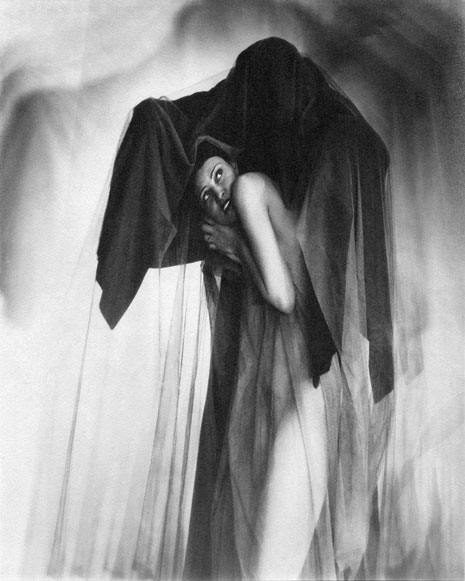
“Fear” aka “Obsession”
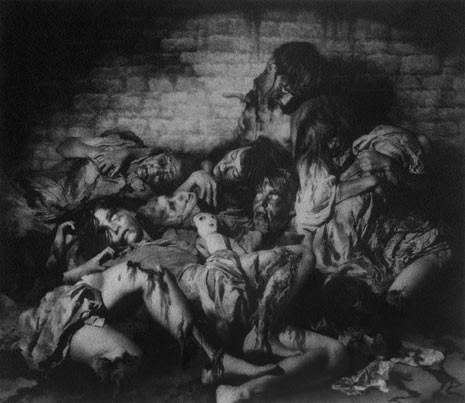
“A Family Xmas, 1914” 1932

“The Strapado”
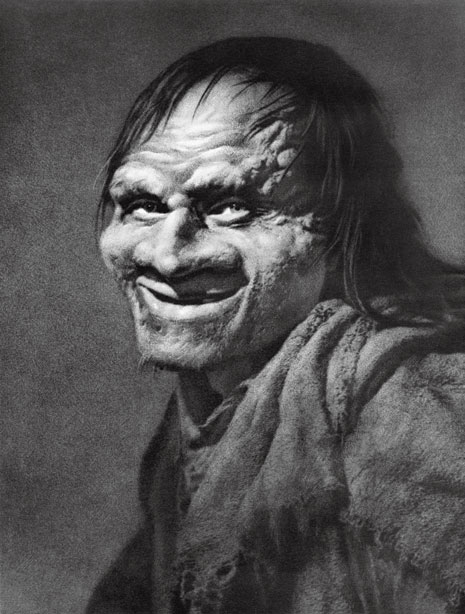
“Belphagor”
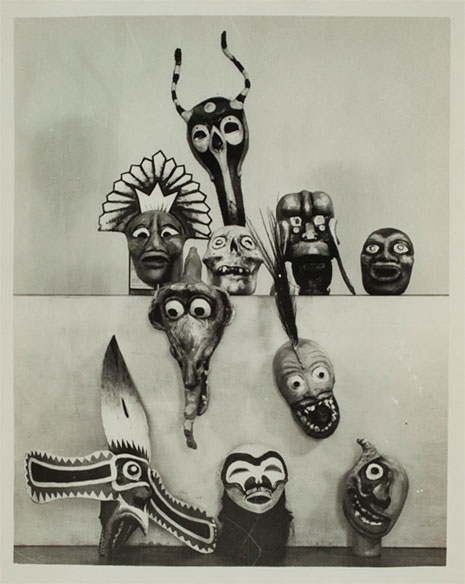
“West of Zanzibar”

“The Pit and the Pendulum”
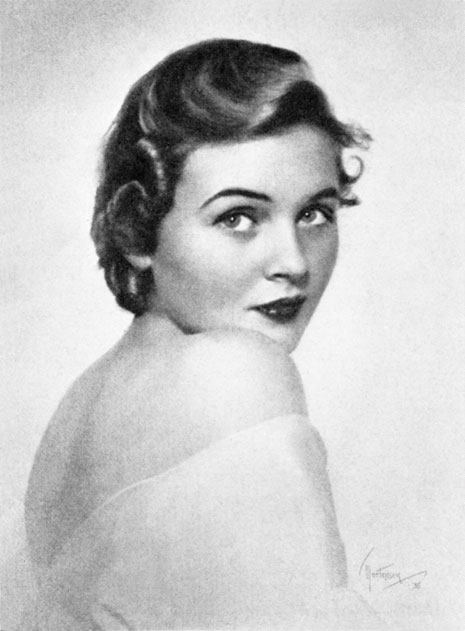
“June Story without makeup”
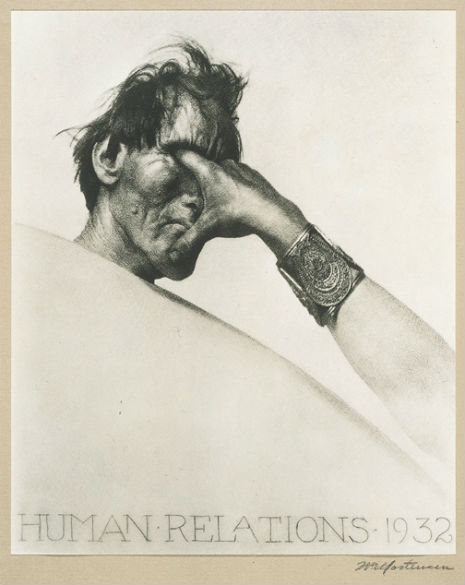
“Human Relations, 1932”
“The Tantric Sorcerer”
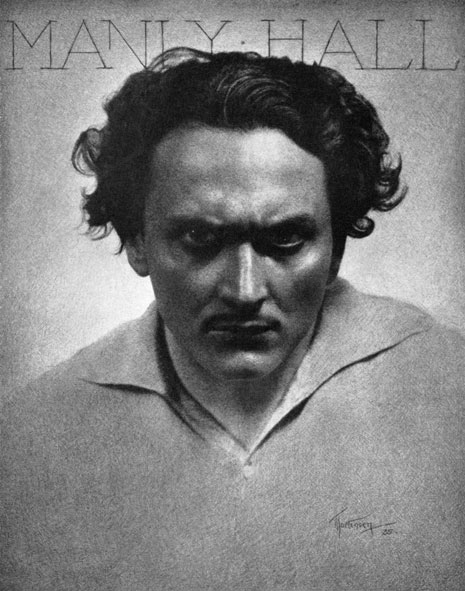
“Portrait of Manly Hall”
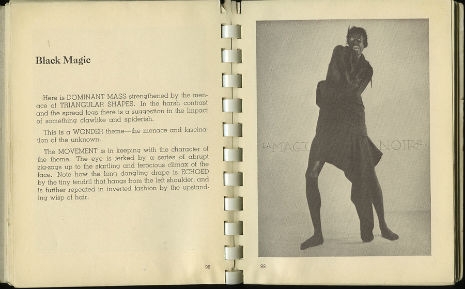
Pages from The Command to Look
This is a guest post written by Feral House publisher Adam Parfrey.